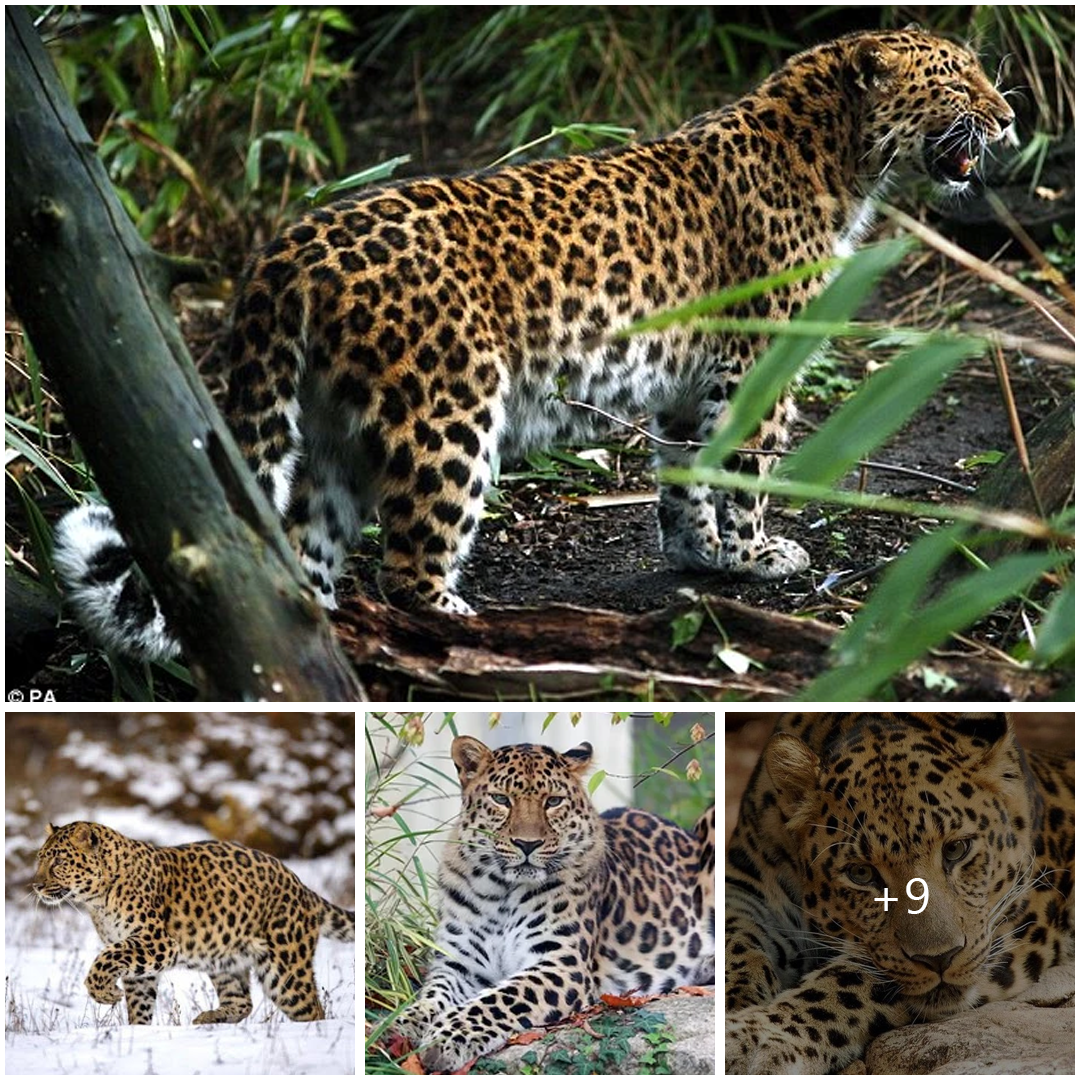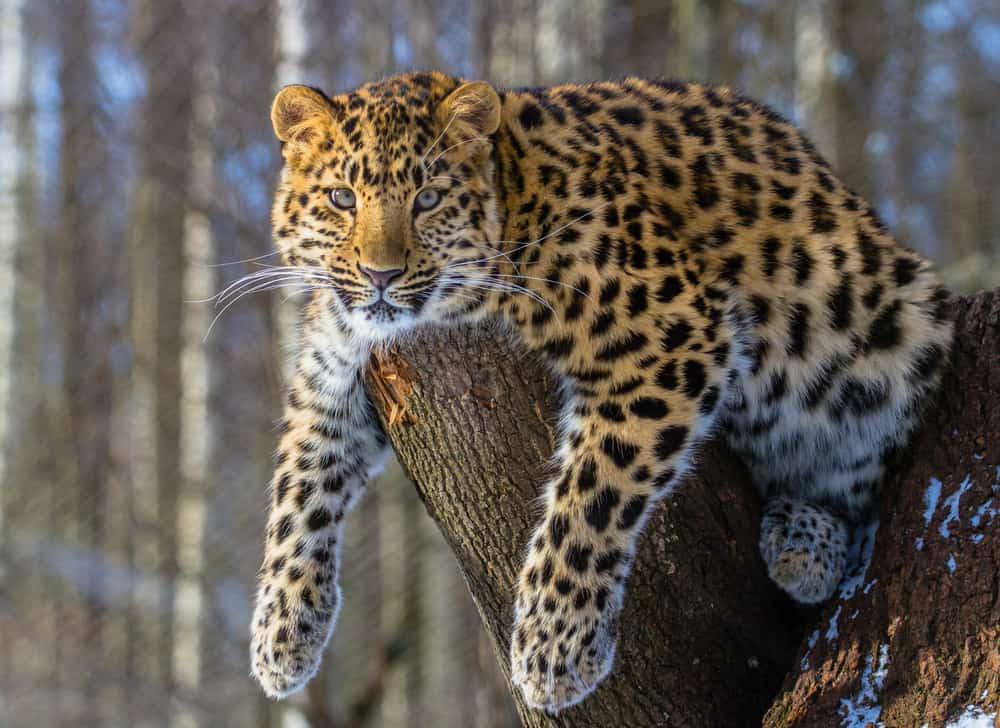
The Hunting Behavior of Amur Tigers
The Amur tiger, also known as the Siberian tiger, stands as a majestic symbol of wilderness and prowess in the vast forests of the Russian Far East. Among its remarkable traits lies its innate hunting behavior, finely tuned through generations of adaptation to the harsh taiga environment. Let’s delve into the captivating world of the Amur tiger’s hunting prowess.
The Apex Predator:
At the summit of the food chain, the Amur tiger reigns supreme as an apex predator. Its large stature, muscular build, and keen senses make it an efficient and formidable hunter. With a territory that can span hundreds of square kilometers, these solitary cats roam the forests in search of prey.
Stalking with Precision:
The hunting strategy of the Amur tiger is marked by stealth and patience. Utilizing its distinctive camouflage fur, it silently maneuvers through the dense underbrush, relying on its keen eyesight and acute hearing to detect the slightest movements of potential prey. With a calculated approach, it stalks its target, ensuring to remain undetected until the opportune moment to strike.

The Ambush:
When the time is right, the Amur tiger unleashes its explosive power in a swift and decisive ambush. With lightning-fast reflexes and immense strength, it pounces with unparalleled precision, delivering a fatal blow to its prey. Whether it’s a sika deer grazing in the meadow or a wild boar foraging in the forest, no prey is safe from the tiger’s lethal assault.
Feeding and Survival:
After a successful hunt, the Amur tiger consumes its kill with voracity, feeding on the nutritious meat to sustain its energy-intensive lifestyle. In the harsh winters of the taiga, where prey can be scarce, the tiger’s ability to hunt efficiently is crucial for its survival and reproductive success.
Conservation Challenges:
Despite its formidable hunting prowess, the Amur tiger faces numerous threats to its survival, primarily due to habitat loss, poaching, and human-wildlife conflict. Conservation efforts are underway to protect this iconic species and its habitat, ensuring a future where the Amur tiger continues to roam the forests as a symbol of wild beauty and ecological integrity.
Conclusion:
The hunting behavior of the Amur tiger reflects the intricate balance between predator and prey in the natural world. As a symbol of strength and resilience, this magnificent feline embodies the untamed spirit of the wilderness, reminding us of the importance of conservation efforts to safeguard its future and the biodiversity of the ecosystems it inhabits.






